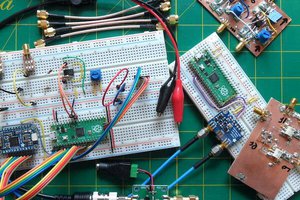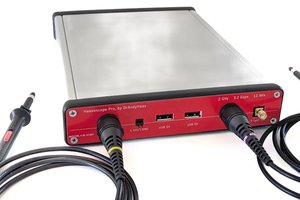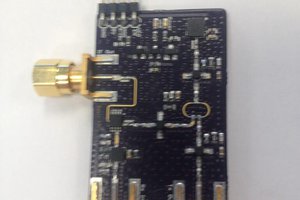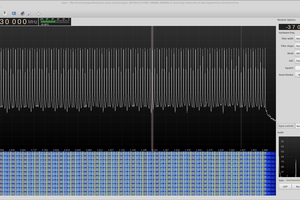I began this a few weeks ago. I'm currently using Matthias Koch's Mecrisp-Stallaris forth implementation to evaluate the STM32F4 peripheral performance starting with the DAC and timers in preparation for designing the output circuitry. Spending lots of time setting up infrastructure, reading documentation and developing appropriate test cases.
Low cost electronics lab instument
The objective is to build a basic electronics lab measurement and test system from a cheap dev board.





 haas
haas

 Ted Yapo
Ted Yapo
https://www.hackster.io/vincenzo-gibiino/diy-logic-analyzer-f61ee5?ref=user&ref_id=90293&offset=0